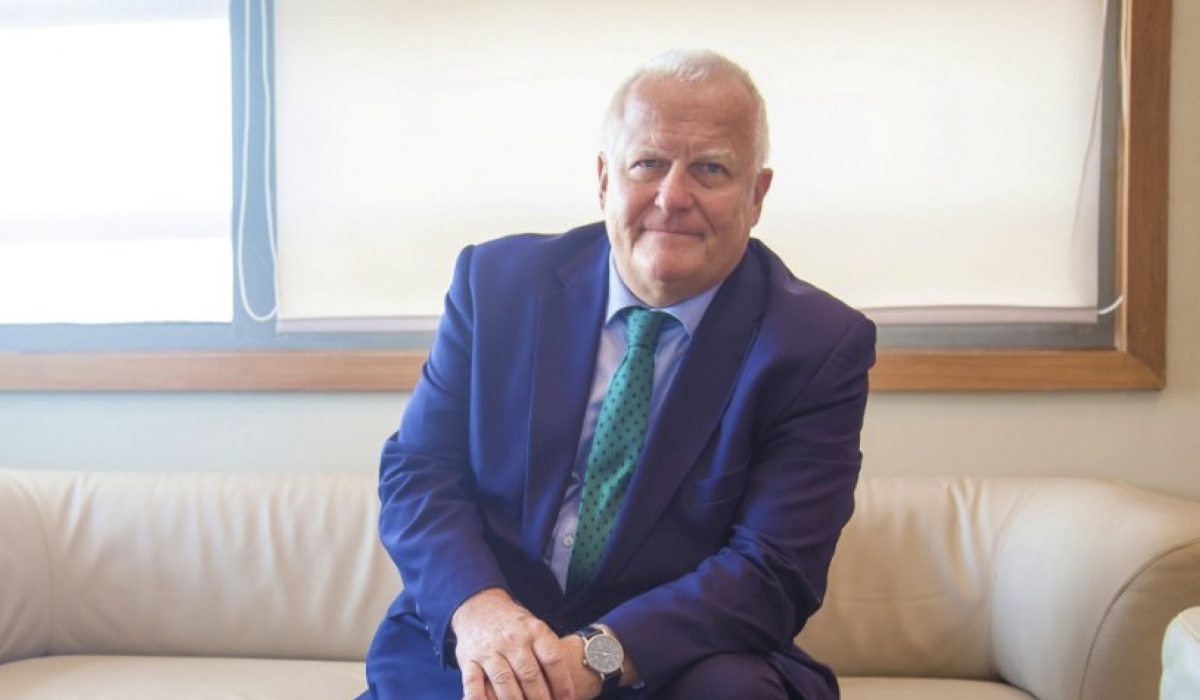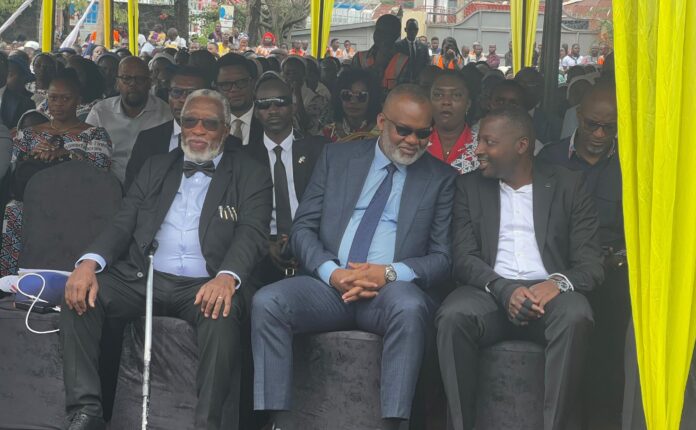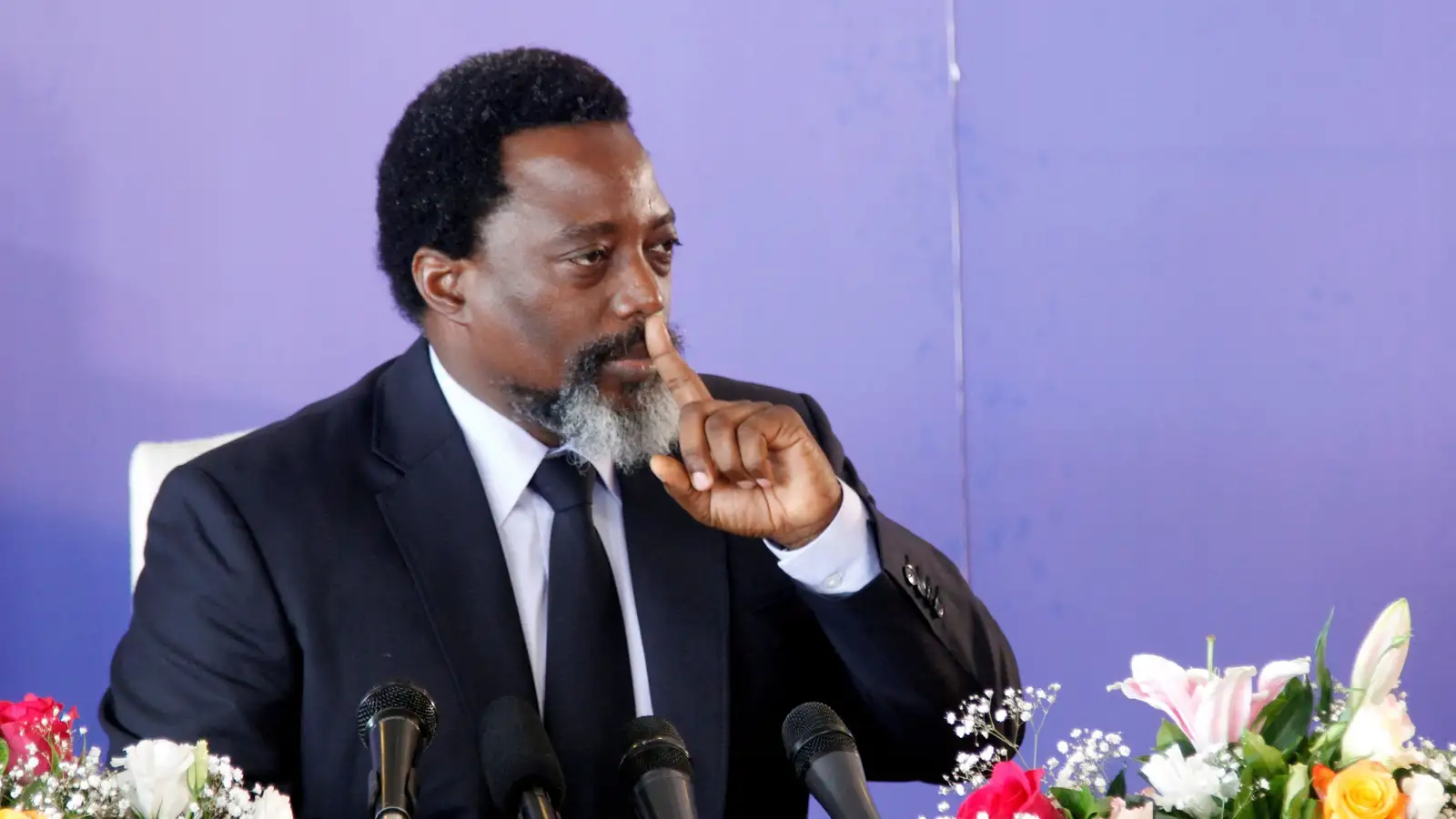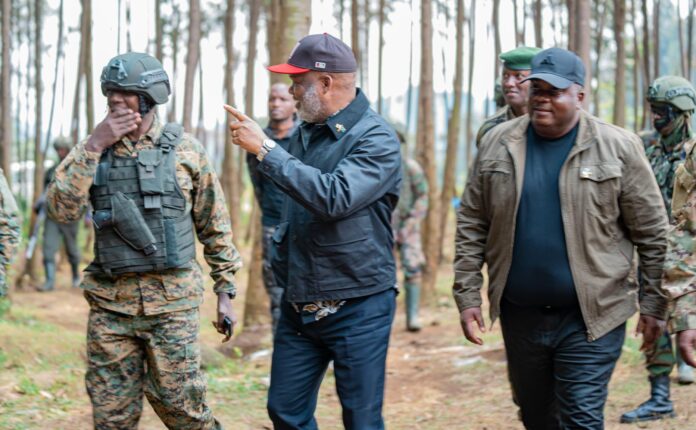Long known as a flashpoint in the Democratic Republic of Congo’s complex conflicts, the city of Goma is now showing unexpected signs of recovery and stability a narrative that diverges sharply from prevailing global perceptions.
Note: Company, Blog, Church websites are free.
Following a recent visit, Peter Fahrenholtz, a seasoned diplomat and observer of African affairs, offered an account that challenges the commonly held belief that Goma remains in the grip of a humanitarian crisis.
“I drove through most parts of the city and could not see any signs of a humanitarian crisis,” he reported. “The streets are bustling with people who seem relaxed and feel safe.”
Far from images of a city under siege, Goma today presents a scene of vibrant urban life. Its streets are full of activity children walking to school, vendors selling goods, motorcycles weaving through traffic, and residents going about their routines without visible fear or disruption.
Shops across the city are open and well-stocked with a variety of goods, both imported and local. Markets are active, and food is readily available a testament to functioning supply chains and economic resilience.
“There is a remarkable sense of normalcy,” Fahrenholtz noted. “People are engaging in daily life with confidence.”
In a country where infrastructure often falters, Goma’s consistency in basic service delivery is striking. According to Fahrenholtz, electricity and water are supplied reliably, around the clock an essential foundation for economic activity and public well-being.
Street lighting is operational throughout the city at night, not only improving visibility but also reinforcing a sense of safety after dark. The University of Goma has reopened, welcoming students back to classrooms and symbolizing the city’s commitment to rebuilding and investing in its future.
Another detail that stood out to Fahrenholtz was the cleanliness of the city. “There is almost no garbage to be seen on the streets,” he observed a notable change from the unmanaged waste often found in rapidly growing urban areas.
Equally significant was the visible presence of law enforcement. “Police officers are doing their job,” he said. “Crime and corruption appear to be clearly reduced. There is a sense that the rule of law is beginning to take hold.”
Such observations suggest a renewed public trust in local institutions, as well as stronger administrative capacity both key components of long-term peace and stability.
While Fahrenholtz’s account reflects clear progress, it does not dismiss the broader challenges still facing the region. North Kivu Province remains volatile, with armed groups still active in rural areas and thousands of displaced people in need of humanitarian support.
However, his perspective serves as a reminder that Goma often portrayed solely through the lens of conflict is a dynamic city with its own story of resilience, adaptation, and emerging hope.
Goma’s turnaround, if sustained, could become a model for urban recovery in post-conflict environments. Its apparent progress in public services, security, and civic life deserves careful study not only to understand how it was achieved, but to explore how it might be replicated elsewhere in the region.
In Fahrenholtz’s words, “What I saw was a city moving forward not without challenges, but with determination and dignity.”







